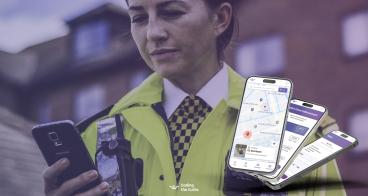Akureyri-Iceland: Optimising transport intermodality
Background
How can intermodality between public transport and micro-mobility solutions be optimised?
Iceland’s current government has committed to cut emissions by 55% by 2030 (according to ESR 2005 numbers) and to become carbon-neutral by 2040. It has also set the ambitious goal of phasing out all use of fossil fuels by 2040.
Today, the transport sector is a significant source of emissions in Iceland. In 2021, it accounted for 31% of all emissions included in the ESR targets. Private cars accounted for approximately 75% of all motorized vehicles in Iceland and 58% of total emissions from the transportation sector in Iceland.
Urban planning and development in Iceland for the last 50 years has resulted in around 85% of the population now living within 100 kilometres of the capital city, Reykjavík. The town of Akureyri is therefore by far the largest urban area outside the capital area with just under 20.000 residents (about 8% of the population).
In Akureyri, public transport is available via a free-of-charge bus system. However, most residents prefer to travel by private car and average ownership is more than 8 private vehicles for every 10 residents.
Goals:
Enhanced intermodality between public buses and micromobility solutions and/or an increase in their modal share compared to private car trips through the integration of technology, infrastructure and/or gamification:
- Provision of real-time information about the availability of public buses and micromobility solutions that can help users make informed decisions about the mode of transport they choose. This can be achieved by integrating data from multiple sources such as GPS, traffic data and passenger demand through e.g. the development of an app. Alternatively, data-driven tools that provide smart solutions for an expansion of the micromobility infrastructure are interesting.
- Creating intermodal hubs that serve as transfer points between public buses and micromobility solutions, e.g. through secure storage facilities for micromobility devices as well as amenities such as charging stations, bike racks or shared micromobility solutions.
- Encouraging intermodal trips through incentives or gamification tools to increase the modal share of buses and micromobility, as well as their intermodality
Published on 8 March, 2023.






